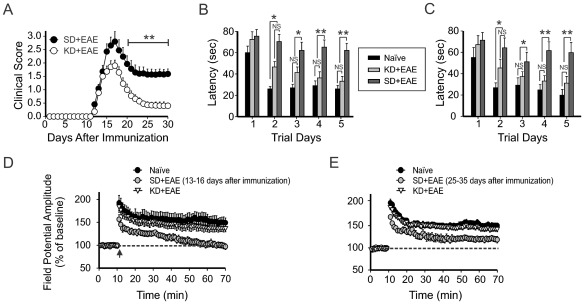Figure 2. Effects of the ketogenic diet on motor disability and memory deficit in EAE mice.
(A) Starting from day 17 post immunization (p.i.), KD-fed EAE mice (n = 11) showed significantly less motor disability than SD-fed EAE mice (**, p<0.01, Mann-Whitney U test). In KD- fed and SD- fed EAE mice, the mean clinical scores (1.9±0.20 vs 2.7±0.35 and 0.43±0.12 vs 1.0±0.15) were measured at 17 days and 25 days p.i., respectively. (B, C) Restoration of spatial learning and memory by the KD in EAE mice. MWM testing was conducted in groups of EAE mice either prior to the occurrence of motor deficits (before 10 days p.i., left panel, B) or from 30 days to 35 days p.i. (right panel, C). The graph illustrates average latencies to finding the submerged escape platform. Each group consisted of 5–8 mice. Values represent mean±SEM. One way ANOVA followed by Tukey test. (D) Change in the synaptic plasticity at 13–16 days p.i. with or without the KD. EAE mice exerted impairment in LTP after high-frequency stimulation (10 slices form 5 mice). Both the naïve and KD-fed EAE mice demonstrated intact LTP induction and maintenance (9 slices from 4 mice). (E) Change in synaptic plasticity at 25–35 days p.i. with or without the KD. Neither the naïve nor KD-fed EAE mice showed changes in LTP maintenance (10 slices from 5 mice). The dotted line indicates the baseline field potential amplitude. Synaptic plasticity seen during peak and mild stages of motor disability are depicted in the left and right panels, respectively.

